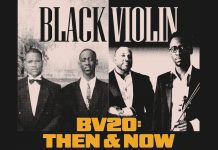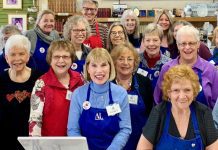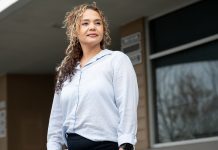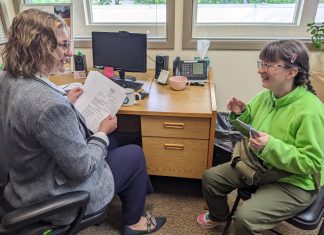Talking To Crows is a Bellingham film company started by a couple of artists that were finding a voice. It wasn’t long before it became a way to amplify the voices of many people making an impact on the community we live in. Now, six team members split their time between making the art they want to see in the world and producing commercial work. I spoke to two of the co-owners to learn more about where they came from, and where they’re headed.
Stacy Reynolds arrived in Whatcom County at the age of 12, when her family relocated from Southern California. She left for school and stayed away for a decade, before moving back. “I sort of rediscovered Bellingham through new, adult eyes, and fell in love with it in a new way,” she says. “I boomerang-ed back and don’t have any intentions of leaving.”
Cassidy Brooks grew up in Colorado, then went to school at Savannah College of Art and Design in Georgia. She discovered her love of film in school, but also realized she was missing something else from her childhood. “I missed being in mountains,” she says. “My dad had visited here and said, ‘You should check out Bellingham,’ so I moved here without ever having visited. I just took him on his word.”
In school, Brooks focused on sound design, an integral part of the filmmaking process. But as she studied, she realized specialization was not the path for her. “Even from the beginning, I was always thinking more about the big picture as a film maker would, not as a sound engineer would,” Brooks says. “That’s what first put the idea of being a film maker into my head.”
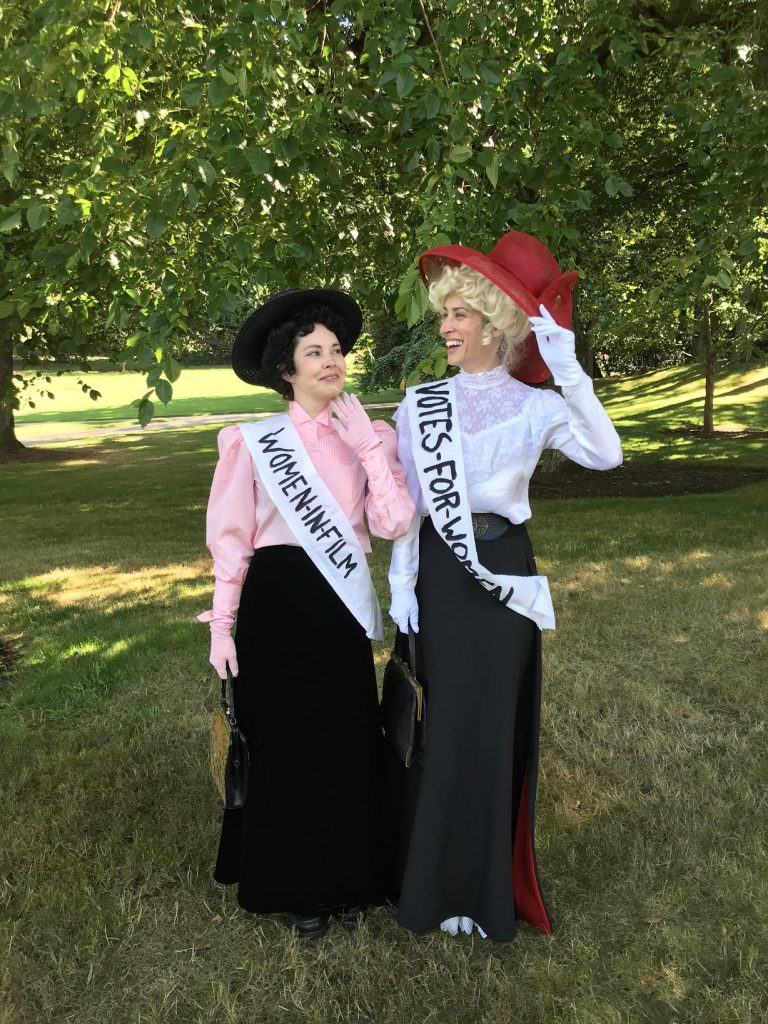
Of all the paths she might have traveled to fulfill her goals, Brooks never could have guessed her journey would include an acting role in “Evil Dead: The Musical.”
The show is a loving parody of a notorious horror movie franchise. It also introduced Brooks to future creative partner, Stacy Reynolds. “Our ‘meet cute’ [a film term for ‘first meeting’] was in the bathroom of the Horseshoe Café — and it was the old Horseshoe, for those who know what that means,” says Reynolds. “We were getting measured for costumes and both walked out of the stalls with no shoes on, in our costumes that didn’t fit.”
Reynolds had years of experience working in theatre under her belt and had learned what working with a team meant to her. “I was an English major, and writing has always been a thematic part of my life and my creative expression,” she says. “Then theater was another way to work with that, but in a more community-based way, which I identified as important to me. Film sort of has both: we got to tell whatever story we wanted to tell, and we got to do it together. Writing is kind of isolating, but you can’t make a film by yourself.”

Meanwhile, Brooks had taken her first steps into visual storytelling. She and her husband were both frustrated by their jobs as pizza delivery drivers and decided to channel that energy into a multi-media animation project called “American Pizza.” They launched Talking To Crows as an LLC devoted to supporting that production. She saw Reynolds working as an extra and making a short film with her theatre group and noticed they were on parallel paths. Instead of continuing to work on other people’s productions, she suggested they join forces to create their own experiences.
Once the two of them started working together, they picked up a trail that would lead them from one project to another. “One of the short films we were working on was called “Free the Penis,” about the disparity between male and female nudity in mainstream media,” says Brooks. “We interviewed Dr. Laura Laffrado, a professor at Western on the same day she found a hundred-year-old lost screenplay by Ella Higginson.”
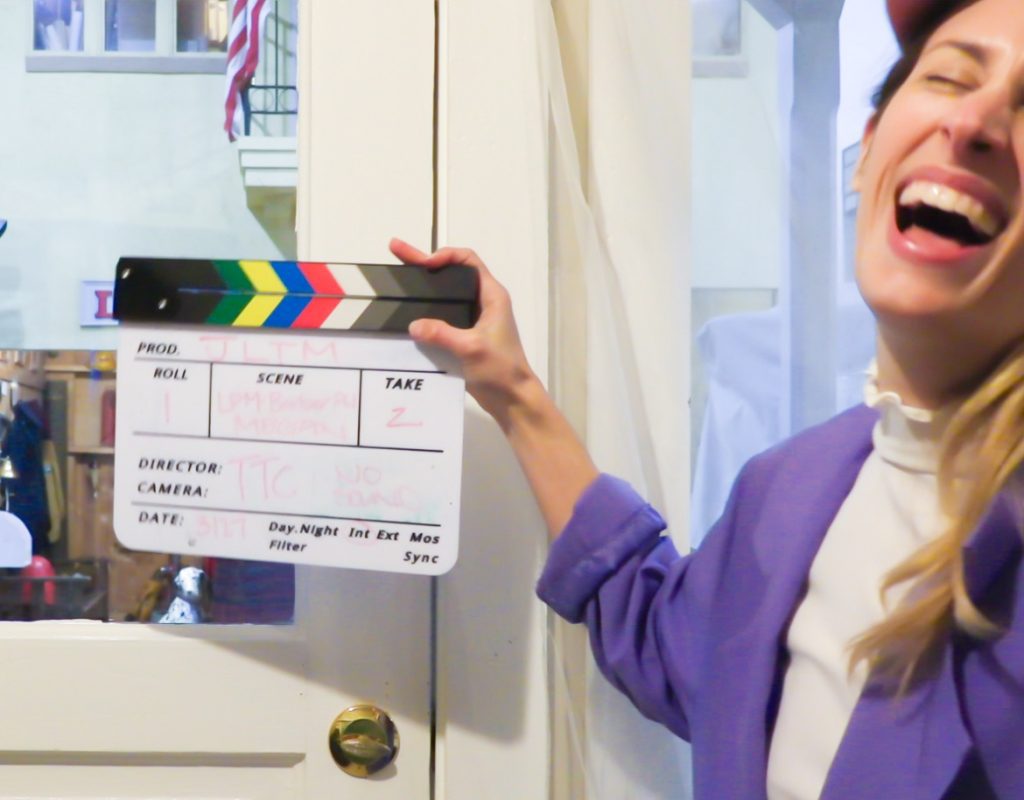
Bellingham’s Higginson was the state’s first poet laureate who also successfully campaigned to make Frances Axtell one of the first two women elected to the Washington State Legislature. Brooks and Reynolds turned her script into their first feature film, “Just Like the Men,” which tells the story of two women breaking into Washington State politics, and the men who tried to stand in their way.
Another project around the same time, called Women Among Us, produced a series of short films that honors women who have made history in the local community. It helped define a trail that Talking To Crows continues to follow, and also introduced them to Jenn Mason, who would go on to open Wink Wink, the “always inclusive, never creepy” sex shop that serves as a multi-faceted cultural center in the heart of Bellingham’s downtown.
Their current project is a short documentary that delves into the bookshop, school, venue, and community meeting place Mason has created, and what it means to them and to the larger community.
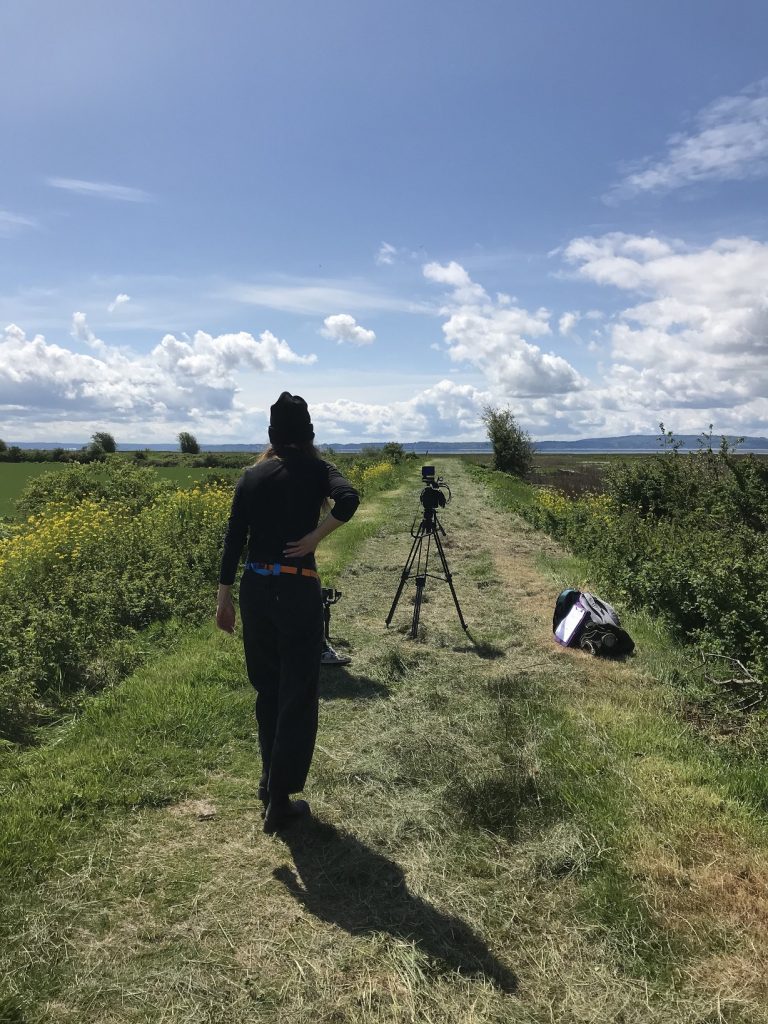
“It really is about Jenn, too, because the more we’ve gotten to know her and learn about her background and her education, the more exciting the project becomes,” says Reynolds. “It’s a place that’s about transparency, about education, about public health, and about pleasure. We came to Jenn with this idea because we wanted to do something we really cared about. This is about the support we want to give Jenn, and a story about our community that needs to be told.”
Viewing this project against the backdrop of Talking To Crows’ previous work paints a clear picture about their mission moving forward. “We want to tell women’s stories that haven’t been told — and we’re stubborn about local stories, because we don’t want to have to move to Atlanta or L.A. or New York to do our craft,” says Brooks.
Reynolds agrees, noting the strong community of artists and creative workers that fuel her in her work, and also receive her support. “I think filmmaking and being in this community are really interwoven at this moment — I can’t really separate them.”












